Can Cats and Dogs Develop Diabetes?
 Have you ever wondered if cats and dogs can get diabetes. Unfortunately they can, and some breed of dogs are more prone to diabetes than others, for instance German Shepherds, Golden Retrievers, Miniature Schnauzers, Keeshondens, and Poodles. Cats become prone to diabetes when they become overweight. 1 in every 500 dogs will become diabetic.
Have you ever wondered if cats and dogs can get diabetes. Unfortunately they can, and some breed of dogs are more prone to diabetes than others, for instance German Shepherds, Golden Retrievers, Miniature Schnauzers, Keeshondens, and Poodles. Cats become prone to diabetes when they become overweight. 1 in every 500 dogs will become diabetic.
There is no need to worry though, as the medicine to treat diabetes has been developing for humans, this research has also benefitted our furry friends. You just need to know what your looking for. There are symptoms to watch for if you suspect that your pet might have diabetes.
1) Polydipsia
Polydipsia is where your pet drinks more water than they regularly do. This is the earliest sign of diabetes in animals.
2) Polyuria
Polyuria is where your pet feels the need to urinate more frequently than normal. This may result in accidents around the house. This is the next warning sign, especially in animals who have never experienced urination accidents or problems in the house before.
3) Polyphagia
Polyphagia is an increase in appetite. If your pet acts hungrier than normal or as if it is starving, but instead of gaining weight your pet loses weight, this could be a warning sign of diabetes.
These three symptoms can be accompanied by, or commonly proceed a sudden weight loss which can be caused by diabetes increasing your pet’s metabolism. As mentioned above overweight cats and dogs have a higher susceptibility to diabetes, therefore if you have an overweight pet keep the top three symptoms in mind, if you notice any of these don’t hesitate to bring your pet into your vet for a physical.
Weakness and fatigue can be symptoms of diabetes as well. The disease can case a wasting away of the back muscles or weakness in the hind legs of cats. Dogs may become generally more lethargic, sleepy and inactive. The thinning, drying and dull appearance of your pet’s hair can be another symptom of diabetes, particularly along the back. If your pet is experiencing this symptom it is best to ask your vet to check your pet out as diabetes is not the only illness that causes hair loss.
Diabetes can also cause cataracts in your pet’s eyes. If these go untreated your animal may go blind. As odd as this next one may sound, but depression can be another symptom of diabetes. Due to the imbalance of proteins in your pet they may become depressed and lay around the house.
The last sign to look for is vomiting. More common in older pets than younger ones and in female pets than males, this symptom is the most severe and is usually the last stage of diabetes that is recognizable. Dachshunds and Miniature Poodles are more predisposed to this symptom of diabetes as well.
The good news is that with advice and help from your veterinary professional you will learn how to control your pet’s diet and give insulin shots to keep your pet healthy and active despite their diabetes. To learn more give us a call or bring your pet in if any of these symptoms describe your pet’s health condition.
Photo by




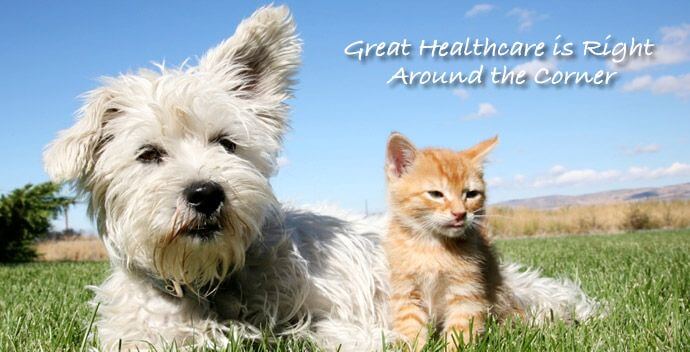

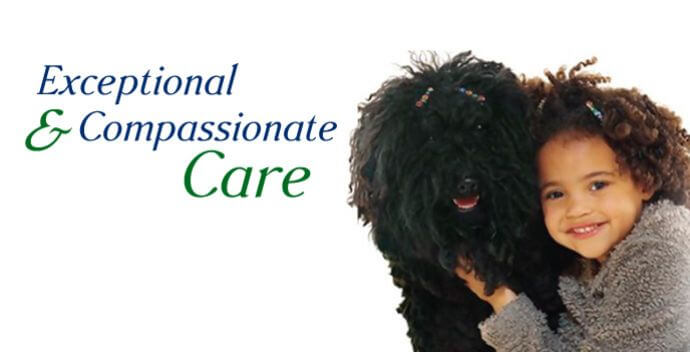
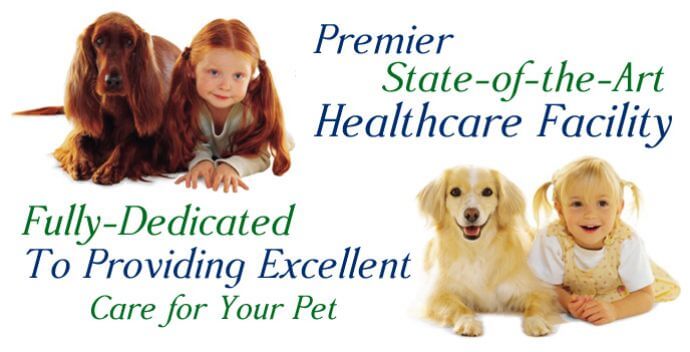


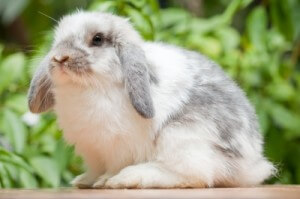
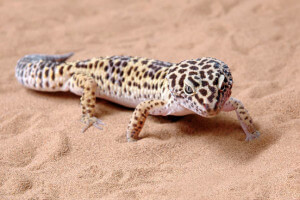
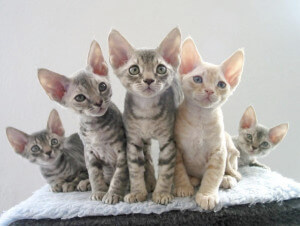
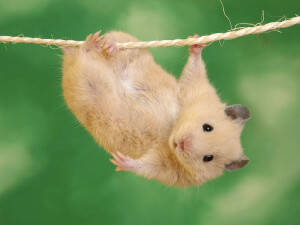

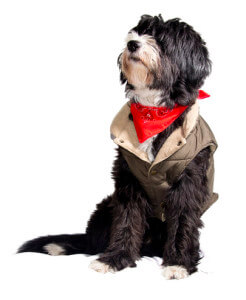 It’s always safest to leave your pets at home. However, if you plan to take your pet trick-or-treating with the rest of the family, remember to keep him safe, as well. Bring along water and a bowl to keep your pet hydrated. Walking makes you thirsty, and the same is true for your pet.
It’s always safest to leave your pets at home. However, if you plan to take your pet trick-or-treating with the rest of the family, remember to keep him safe, as well. Bring along water and a bowl to keep your pet hydrated. Walking makes you thirsty, and the same is true for your pet. 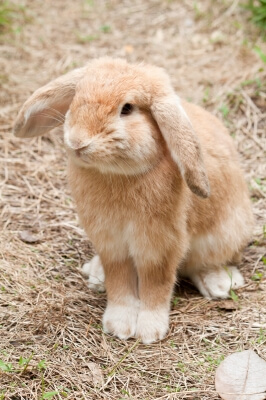
 We have been getting so much rain in Central Florida this year. I don’t know about you, but my dog always has to go to the bathroom when it is pouring down rain! Dogs are great pets, but no one enjoys the smell of a wet dog. I wish I had a cure all solution, but at least I have a few tips.
We have been getting so much rain in Central Florida this year. I don’t know about you, but my dog always has to go to the bathroom when it is pouring down rain! Dogs are great pets, but no one enjoys the smell of a wet dog. I wish I had a cure all solution, but at least I have a few tips.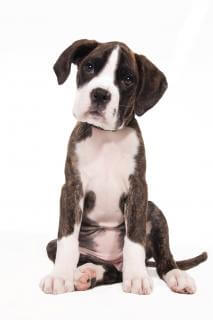
 Website Created by TCP Global Solutions
Website Created by TCP Global Solutions